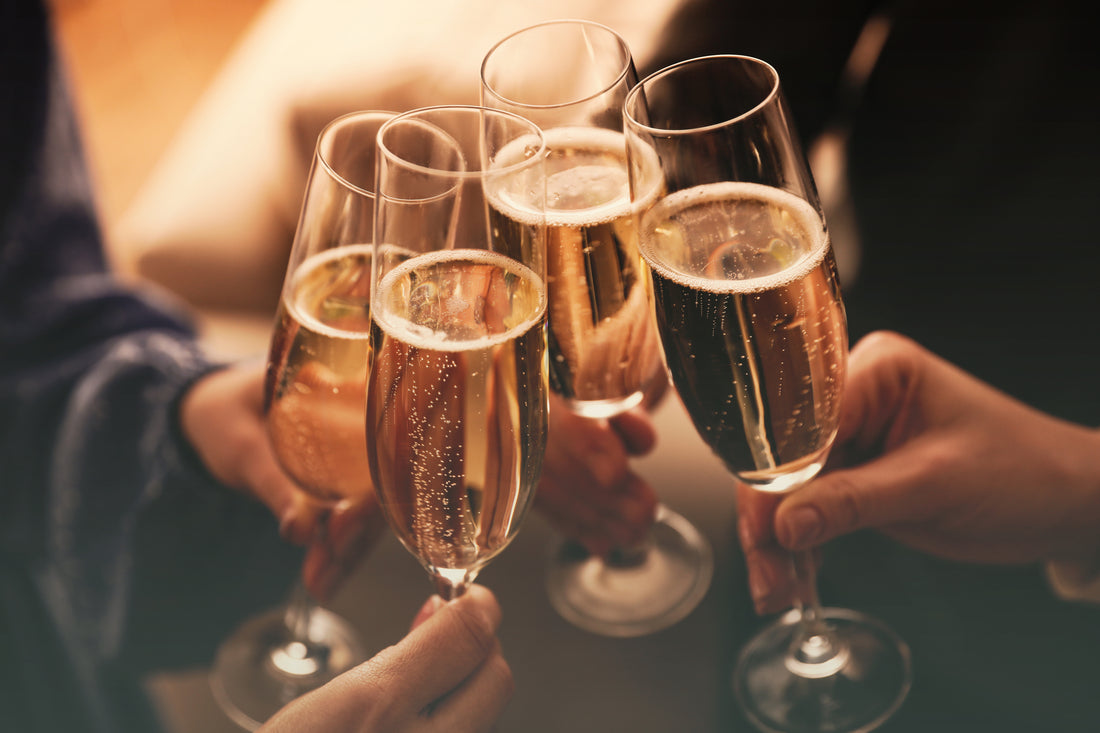Champagne is always the first choice that comes to mind for a big celebration, but have you ever wondered why so many don't have a year on the label? Perhaps you were looking for a bottle of bubbly in the wine list at a restaurant and started scratching your head over the countless "NV"s you were seeing where the vintage should be. Champagne is a unique wine and region that offers both vintage and non-vintage blends! This is done for very specific reasons, and can lead to sparkling wines that are drastically different in flavor, texture, and cost.

The weather in Champagne is brutal, and a lot of vineyards can get damaged from hail, frost, rot, and so much more. Come harvest, this can lead to much lower yields to work with. Instead of scrounging every year for such a small production output, winemakers in Champagne have instead opted to get the best juice from each year, and create a non-vintage blend. This creates minimal fluctuation in flavor and texture from year to year for a much more consistent Champagne.
But sometimes, the skies part, and the angels sing, and you get a vintage that is just too good. When the harvest is great, the Champagne house will opt to make a vintage Champagne.
So, the grapes are a little better. Big deal. Why the steep price point? What's the real difference between the two styles?

Aging-wise, NV Champagnes are aged for a minimum of 15 months after the second fermentation takes place, vintage Champagne must be aged for a minimum of 3 years. This is where the difference between the two are very stark.
Starting with bubbles; since non-vintage wines are young, they typically have very fine and long-lasting bubbles in a continuous and consistent stream. Vintage Champagne, on the other hand, have bubbles that have diminished with age, leading to a softer, less effervescent texture.

The taste of vintage Champagne is unlike anything else. Given the longer aging times, a vintage Champagne will be richer in flavor and creamier in texture; tertiary aromas such as hazelnut and brioche are definitely a luxurious highlight. Non-vintage Champagne is usually fruitier and more crisp.
Last but not least, cost. While it is possible to enjoy affordable vintage Champagne, the more highly revered the Champagne house or vintage is, the higher the cost will likely be. Oftentimes, when comparing a vintage to a non-vintage from the same producer, the vintage will almost always come out as the more expensive bottling. Again, this comes down to our first point regarding production quantities. There will be an infinite amount of non-vintage Champagne but only a limited number of vintage Champagne from a particular year.
So there you have it! Whether you prefer soft and creamy Champagnes or sharp and fruity bottles, hopefully you have a better idea of what to expect next time you go shopping for the bubbly -- Cheers! 🥂🍾

